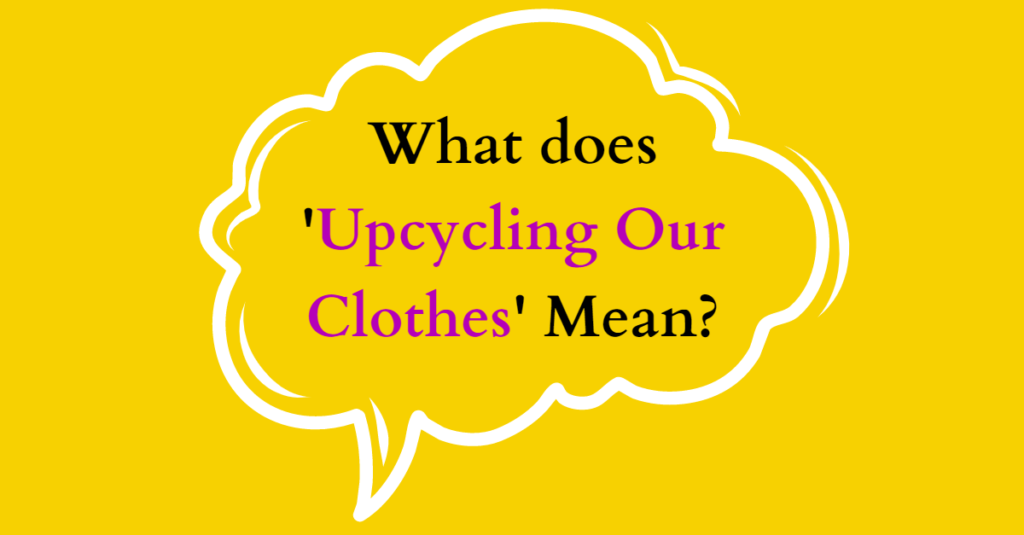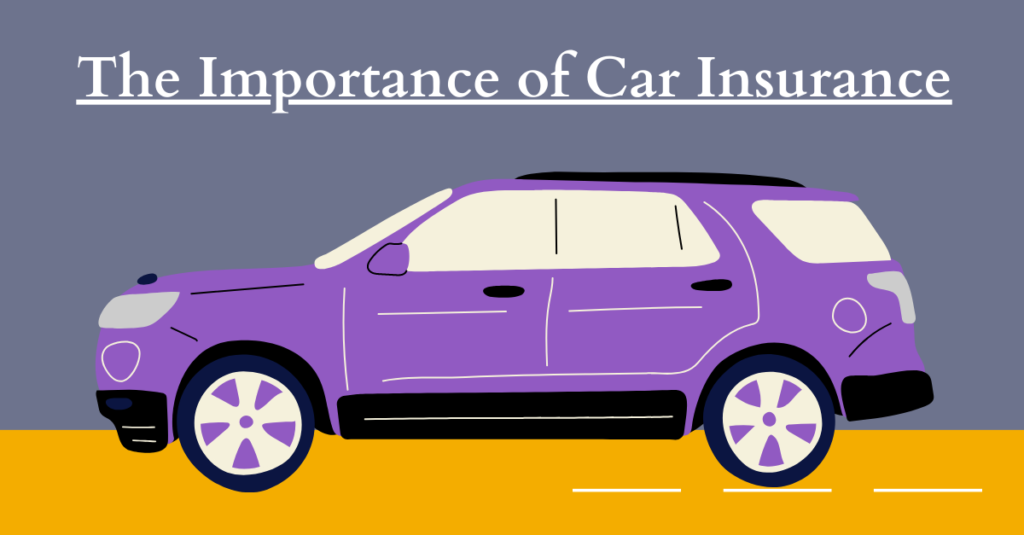What does ‘Upcycling Our Clothes’ Mean?
In a world where fast fashion dominates the industry, with its relentless cycles of production and consumption, a growing movement known as ‘upcycling our clothes‘ has emerged as a beacon of sustainability, creativity, and conscious consumption. But what exactly does this term mean? How does it differ from recycling or traditional garment disposal methods? And why is it gaining so much attention and popularity?
Upcycling, at its core, is about transforming old or discarded clothing items into something new, innovative, and even more valuable. It involves reimagining and repurposing garments, giving them a fresh lease on life rather than letting them end up in landfills. Upcycling is an active process that challenges the notion of disposability and encourages us to think critically about our consumption habits and the environmental impact of the fashion industry.
Unlike recycling, which involves breaking down materials into their basic components for reuse, upcycling takes a more creative and holistic approach. It aims to breathe new life into existing garments by enhancing their quality, functionality, and aesthetic appeal. Upcycled fashion pieces are often transformed into unique, one-of-a-kind creations that tell a story and reflect the individuality of the wearer.
The concept of upcycling is not new. It has roots in various artisanal practices, including patchwork quilting, hand embroidery, and textile arts. However, it has gained renewed interest and relevance in recent years, driven by the urgent need to address the detrimental environmental impacts of the fashion industry.
One of the key benefits of upcycling is its ability to reduce textile waste. The fashion industry is notorious for its staggering amount of waste generated at every stage of production, from raw material extraction to garment manufacturing and consumer disposal. According to the Ellen MacArthur Foundation, the equivalent of one garbage truck of textiles is landfilled or incinerated every second. By upcycling our clothes, we divert these items from the waste stream and extend their lifespan, significantly reducing their environmental footprint.
Upcycling also offers an alternative to the incessant cycle of consumption promoted by fast fashion. It encourages us to pause and reconsider our relationship with our wardrobes, fostering a more mindful and intentional approach to dressing. Rather than constantly chasing the latest trends and discarding garments after just a few wears, upcycling encourages us to look at our existing pieces with fresh eyes, seeing the potential for transformation and personalization.
The practice of upcycling our clothes invites us to tap into our creativity and explore do-it-yourself (DIY) techniques. It empowers individuals to become active participants in the fashion process, encouraging experimentation, customization, and self-expression. By learning basic sewing skills or collaborating with local artisans and upcycling communities, we can breathe new life into forgotten pieces, injecting them with our own style and personality.
Moreover, upcycling contributes to the preservation of traditional craftsmanship and artisanal techniques. By repurposing old garments, we value the skills and knowledge passed down through generations, celebrating the beauty of handiwork and craftsmanship. This recognition of the human touch and the story behind each piece adds depth, meaning, and emotional connection to the clothes we wear.
In addition to its environmental and creative benefits, upcycling our clothes also has economic advantages. By extending the lifespan of garments, we reduce the demand for new production, thereby decreasing the strain on natural resources and minimizing the carbon emissions associated with manufacturing. Furthermore, upcycling can provide opportunities for small-scale entrepreneurs and local artisans to create sustainable businesses, fostering a more equitable and inclusive fashion ecosystem.
To embrace upcycling in our own lives, there are several approaches we can take. First, we can start by assessing our current wardrobe and identifying items that we no longer wear or that need repair. Instead of discarding them, we can explore ways to give them a new lease on life. This can involve simple alterations, such as hemming or resizing, or more complex transformations, such as combining different garments to create a completely new piece.
Furthermore, we can tap into the vibrant upcycling community, both online and offline, for inspiration, guidance, and collaboration. Social media platforms, DIY blogs, and upcycling workshops provide a wealth of resources and ideas for upcycling projects. Connecting with like-minded individuals who share a passion for sustainable fashion can be a source of support and encouragement throughout the upcycling journey.
It is also important to recognize that upcycling is just one aspect of a broader shift towards a more sustainable fashion industry. While individual actions are valuable, systemic change is necessary to address the root causes of fashion waste and exploitation. Consumers can advocate for transparency and ethical practices by supporting brands that prioritize sustainability and fair labor conditions. Additionally, policymakers, industry leaders, and fashion educators have a responsibility to implement and promote sustainable practices at all levels of the supply chain.
In conclusion, upcycling our clothes represents a powerful way to reimagine and reinvent our wardrobes while actively participating in the movement towards a more sustainable and conscious fashion industry. By extending the lifespan of garments, reducing waste, fostering creativity, and supporting local economies, upcycling offers an alternative to the detrimental impacts of fast fashion. Embracing upcycling requires a shift in mindset, from passive consumers to active creators, valuing the stories behind our clothes and embracing the beauty of uniqueness and individuality. Through upcycling, we can forge a more meaningful connection with our wardrobes, our communities, and the planet we call home.

My name is Rohit Vagh and I’m a content writer specializing in fashion and lifestyle. I have three years of experience in this field and have written various articles. My writing style is creative and engaging, and I strive to create content that resonates with my readers. I have a deep passion for fashion and am constantly researching the latest trends and styles to make sure my readers are up to date. I’m excited to continue my career in blogging, and I’m always looking for new opportunities in the fashion and lifestyle space.





